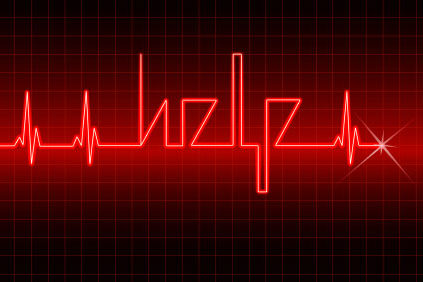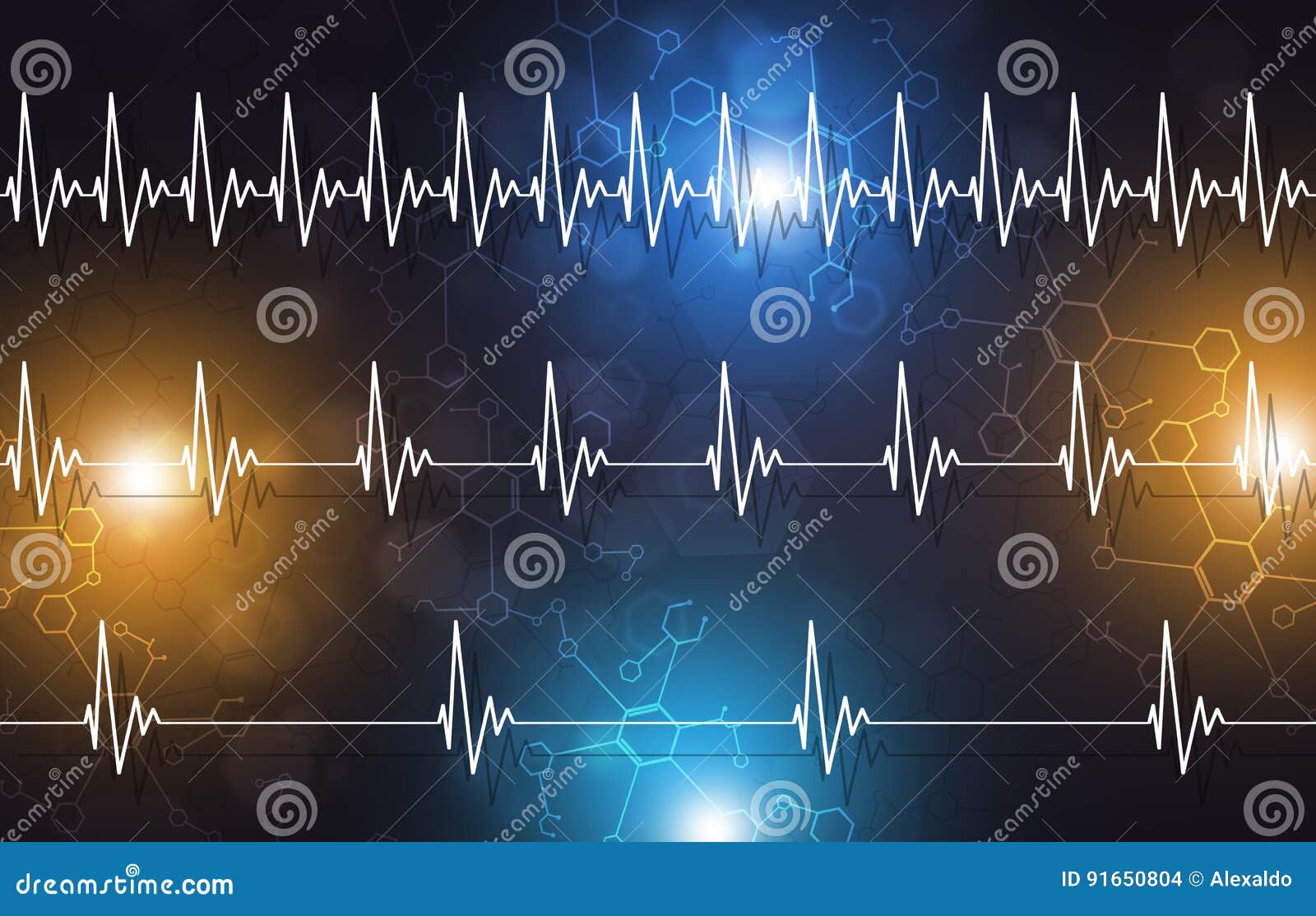

When the source of the fast heart rhythm is the lower chambers (ventricles), ventricular tachycardia (VT) is present. It is also rarely seen in children with otherwise normal hearts, often occurring in families. This tachycardia may be seen in patients who have had recent surgery involving this area, for example repair of a ventricular septal defect (VSD), atrioventricular septal defect or tetralogy of Fallot. The origin of the tachycardia is the "junction" between the upper and lower chambers. This results in the most common form of fast arrhythmias in adolescence. There can be two pathways within the AV node which allows a circuit within it. It is the only area that normally allows the electrical activity of the heart to pass from the upper chambers to the lower chambers. The atrio-ventricular node (A-V node) is located between the upper and lower chambers of the heart.

Atrio-ventricular nodal re-entrant tachycardia (AVNRT).Some specific diagnoses falling in this category include Wolff-Parkinson-White syndrome (WPW) and permanent junctional reciprocating tachycardia (PJRT). Many infants with atrio-ventricular re-entrant tachycardia "outgrow" the tachycardia during the first year of life as the accessory pathway becomes unable to function. This is the most common form of fast heart rhythm in infancy. An extra electrical connection (called "accessory pathway") between the upper and lower chamber allows the formation of a circuit between the upper and lower chambers of the heart. Atrio-ventricular re-entrant tachycardia (AVRT).Children with atrial flutter and fibrillation are at risk for developing clots in the upper chambers because the flow in these chambers is slow. This rhythm can be seen in children who have had previous heart surgery involving the upper chambers. When a large area of the upper chamber is involved in a circuit pattern, atrial flutter can develop. A location or an area of the upper chambers takes over the pacemaker activity of the heart. In selected cases, a “catheter ablation” procedure can be performed to cure the arrhythmia. Medication does not cure the problem but can prevent episodes while it is being taken. The choice of medication depends on the mechanism of the fast rhythm and the patient’s response.

There are many medications available for treatment of fast arrhythmias. Some infants may develop poor feeding, irritability, or pallor (unnatural paleness) associated with prolonged fast heart rhythm. In infants, fast arrhythmias are more difficult to detect as they will not complain of symptoms. Younger children may have difficulty describing this sensation and may complain of chest pain or have a general feeling of illness.

Fast arrhythmias may also cause children or adolescents to pass out (syncope) or, in very rare circumstances, a cardiac arrest. They recognize that a fast heart rate is occurring at an inappropriate time such as while at rest, doing homework, or eating dinner. In older children and adolescents, the fast heart rate is often felt as palpitations. All others are termed supraventricular tachycardia (SVT). Fast arrhythmias that originate from the lower chambers (i.e., the ventricles) are called ventricular tachycardias. This circuit may involve tissue of the upper chambers, the lower chambers, or both.īesides the mechanism of the rhythm, arrhythmias are divided based on location of their origin. Re-entry occurs from a “circuit” where electrical impulses travel in a circular way, faster than the normal pacemaker. An automatic mechanism occurs when an area of heart tissue generates electrical activity at a rate faster than normal. There are two basic mechanisms for fast heart rhythms: automatic and re-entry. What are the basic mechanisms of fast rhythms? If the heart rate exceeds this limit, a fast heart rhythm (tachycardia) exists. For each age group, normal ranges have been established. The normal heart rate varies with age and activity, decreasing with increase in age during childhood and adolescence. Abnormal locations of rhythm origin can be in the upper or lower chambers of the heart or can be a "circuit" composed of parts of the upper chambers, the lower chambers, or both. A fast heart rhythm can originate from this normal pacemaker or from other areas of the heart. The normal heartbeat originates from the heart's normal pacemaker called the sinus node.


 0 kommentar(er)
0 kommentar(er)
